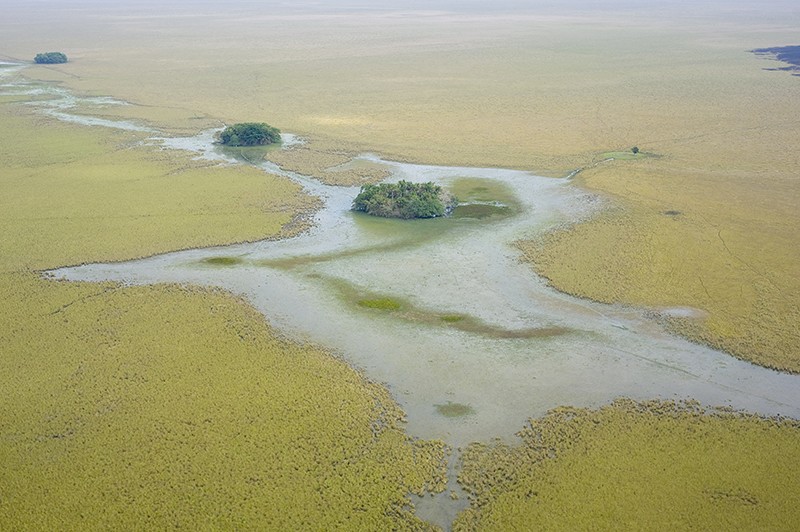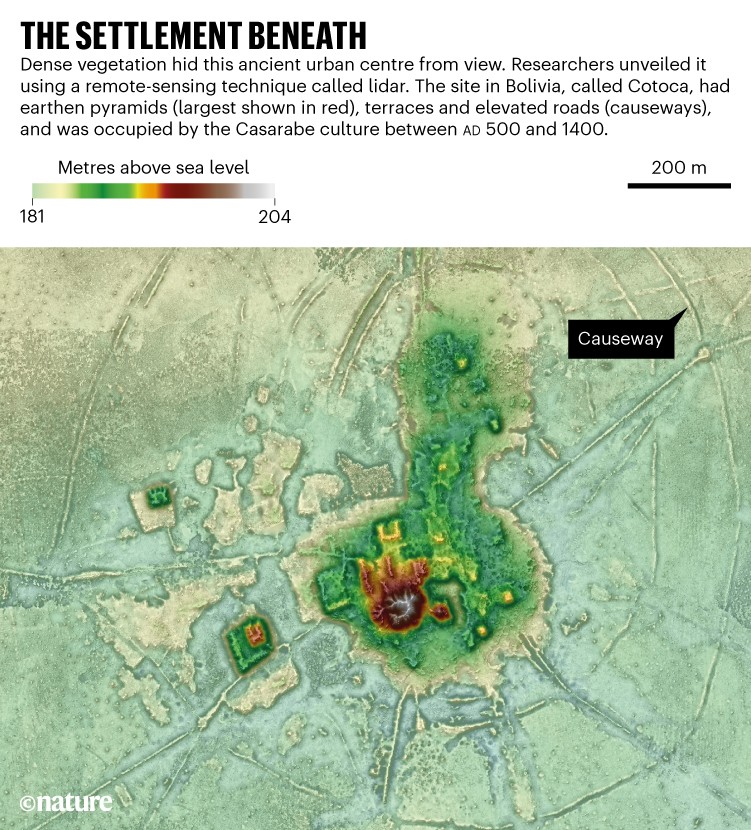Due in large part to his earlier research on hadrosaurs—and his conclusion that they were likely upright, terrestrial animals rather than sluggish, swamp-bound lizards—Ostrom was one of the first paleontologists to grasp the implications of the amount of energy it would take such large animals (and their still larger predators, such as
Tyrannosaurus rex) to stand and move erect. At the first North American Paleontological Convention, held at the
Chicago Field Museum in 1969, Ostrom spoke out against the accepted wisdom that
Mesozoic climates were universally tropical and that such warm climates would be necessary to sustain large animals with lizard-like
metabolisms. Ostrom supported this view by noting the correlation of erect posture and locomotion with high metabolism and body temperature in modern mammals and birds, stating that this relationship cannot be accidental.
[13][12]
The observation that dinosaurs, thought to be uniformly cold-blooded at the time, could not be used as indicators of
paleoclimate was further validated in 1973 with the discovery of hadrosaur fossils above the
Cretaceous Canadian
arctic circle by the Canadian paleontologist
Dale Russell.
[14] Ostrom's reappraisal of dinosaurs as
endothermic was considered radical at the time, but its ability to resolve outstanding contradictions in
dinosaur physiology immediately drew many followers, and would be supported by many future discoveries.
[12]
Deinonychus[edit]
His 1964 discovery of additional
Deinonychus fossils is considered one of the most important fossil finds in history.
[15] Deinonychus was an active predator that clearly killed its prey by leaping and slashing or stabbing with its "terrible claw", the meaning of the animal's genus name. Evidence of a truly active lifestyle included long strings of
muscle running along the tail, making it a stiff counterbalance for jumping and running. The conclusion that at least some dinosaurs had a high
metabolism, and were thus in some cases
warm-blooded, was popularized by his student
Robert T. Bakker. This helped to change the impression of dinosaurs as the sluggish, slow,
cold-blooded lizards which had prevailed since the turn of the century.
The implications of
Deinonychus changed depictions of dinosaurs both by professional illustrators and as perceived by the public eye. The find is also credited with triggering the "
dinosaur renaissance", a term coined in a 1975 issue of
Scientific American by Bakker to describe the renewed debates causing an influx of interest in paleontology. The "renaissance" has lasted from the 1970s to the present and has doubled recorded dinosaur diversity.






